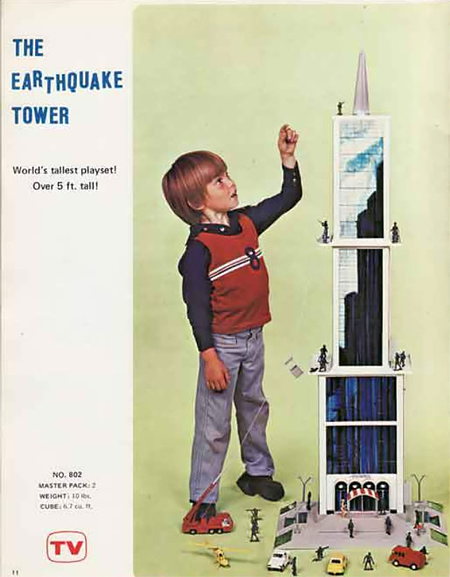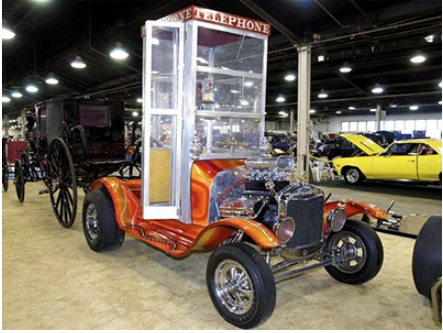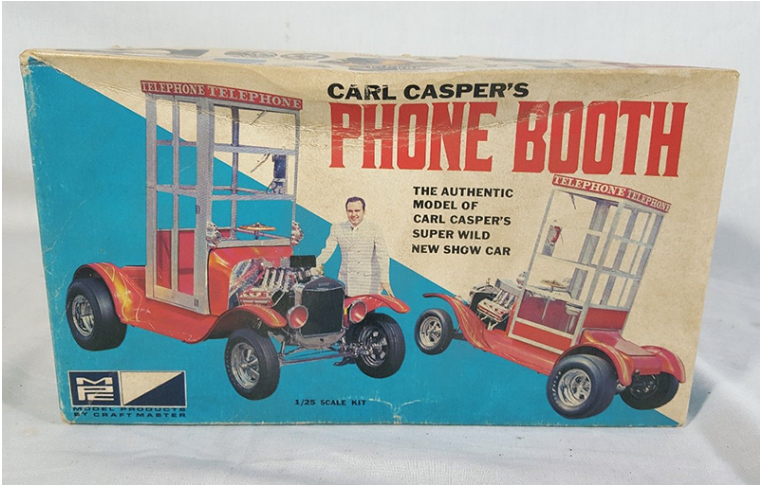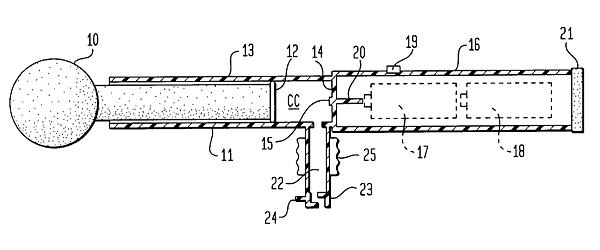Toys
Super Ball Music and the Super Bowl

Wham-O introduced the Super Ball in 1965. It was a huge success as a toy, but it also inspired music... and was the reason the Super Bowl got its name. From Wikipedia:
Lamar Hunt, founder of the American Football League and owner of the Kansas City Chiefs, watched his children playing with a Super Ball and then coined the term Super Bowl. He wrote a letter to NFL commissioner Pete Rozelle dated July 25, 1966: "I have kiddingly called it the 'Super Bowl,' which obviously can be improved upon." The league's franchise owners had decided on the name AFL–NFL World Championship Game, but the media immediately picked up on Hunt's Super Bowl name, which became official beginning with the third annual game in 1969.
Posted By: Alex - Sun Feb 13, 2022 -
Comments (2)
Category: Music, Sports, Toys, 1960s
Earthquake Tower
From Remco. It was released in 1976, following the success of the 1974 movies The Towering Inferno and Earthquake. Kids were meant to destroy the skyscraper and then rescue its occupants using the helicopter, firetruck, and team of plastic rescue workers that came with the toy.More info: Design You Trust

Detroit Free Press - Oct 14, 1976

Posted By: Alex - Tue Nov 09, 2021 -
Comments (3)
Category: Disasters, Toys, 1970s
Suzy Homemaker Is a Square
"She even washes regularly!"
Posted By: Paul - Mon Oct 04, 2021 -
Comments (3)
Category: Domestic, Stereotypes and Cliches, Toys, Children, Bohemians, Beatniks, Hippies and Slackers, 1960s
Carl Casper’s Phone Booth Car
Visit this page to see a modern version.

Posted By: Paul - Fri Aug 27, 2021 -
Comments (0)
Category: Eccentrics, Toys, 1960s, Cars
Think Toy Safety
1974: The Consumer Product Safety Commission had to destroy eighty thousand buttons it had printed urging people to "think toy safety" after the buttons themselves were deemed unsafe.The problems with the buttons included sharp edges, lead-based paint, and pins that could be swallowed by children.
Digging deeper into the story, the irony lessens somewhat. It turns out that the problems were identified by the Commission itself because it had followed its own advice and tested the buttons before distributing them.

York Daily Record - Nov 16, 1974
Posted By: Alex - Wed Jun 02, 2021 -
Comments (3)
Category: Toys, Regulations, 1970s
Jody Sten, “Smiling Teddy Bear”
Posted By: Paul - Sat May 15, 2021 -
Comments (0)
Category: Fairs, Amusement Parks, and Resorts, Music, Toys, 1960s
Reuben Lindstrom’s Wind Driven Vehicle
In 1940, Reuben Lindstrom was granted a patent for a "wind driven vehicle". It was a toy made out of tin cans. It resembled a model train, and the wind could make it go by itself. In his patent, Lindstrom explained that he deliberately avoided using a sail to propel the toy.Instead, he had shaped the wheels "to constitute wind responsive impeller blades".

Digging more deeply into the history of this patent, it turns out that Lindstrom was quite a character. For a start, he never cut his hair because, so he said, whenever he did he got heart trouble. In America, in the 1940s, this was unusual enough that it made the news.

Warren Times Mirror - June 28, 1949
He was a regular fixture around Wisconsin Rapids. A 2001 article in the Wisconsin Rapids Daily Tribune called him "our most unforgettable character."
In addition to his wind-driven toy train, he had built a kind of motorized bicycle, described as a "weird contraption of bicycle wheel, one cylinder gas motor, pulley, levers, scooter and miscellany." He used this to get around on roads and railroad lines.
He basically lived as a street person/free spirit, always carrying around "a picture of a woman with a large snake wrapped around her neck." Some people referred to him as the "inventor hobo".
One of the quotations attributed to him: "Fashion is the main religion of this world. If you are different, they think you are nuts. Most people stay away from me because they think I'm a religious fanatic. The girls also stay away from me."
Also: "Dirt's natural and it keeps human diseases from penetrating the skin and entering my body."
He died in 1988.
There's some more info about him at randyjack.com.

Wisconsin Rapids Daily Tribune - June 9, 2001
Posted By: Alex - Sun Apr 11, 2021 -
Comments (0)
Category: Bums, Hobos, Tramps, Beggars, Panhandlers and Other Streetpeople, Inventions, Patents, Toys, 1940s, Trains
Toy Gas Fired Missile
A toy gun that uses fart gas to "fire a toy missile into space" was patented by Michael Zanakis in 2000:
Zanakis argued that his toy wasn't just amusing but also offered safety benefits, because using it was safer than lighting your farts on fire:
A major drawback of this popular practice is that it usually involves the hazardous coupling of fire, combustible gases and inebriated participants. Reports of serious burns to body parts are not uncommon, this being especially true when the participants remove their clothing...
In view of the foregoing, the main object of this invention is to provide a safe toy which exploits the combustible properties of flatus to fire a toy missile into space.
Posted By: Alex - Sat Jan 30, 2021 -
Comments (2)
Category: Toys, Patents, Flatulence
Merry Christmas 2020!
Otherwise known as "Santa Claus's Mistake."
Posted By: Paul - Fri Dec 25, 2020 -
Comments (8)
Category: Holidays, Toys, Gender, Goofs and Screw-ups
Toy Hitler
A popular toy in Nazi Germany was a miniature model of Hitler. It came in six action poses, including Hitler in an army jeep and in an open car doing the Nazi salute.Not many of these toy Hitlers survive, so if you have one, for some reason, it's probably worth some money. One of them was featured on Antiques Roadshow in 2012.

Newsweek - Dec 26, 1938

Posted By: Alex - Wed Dec 16, 2020 -
Comments (5)
Category: Dictators, Tyrants and Other Harsh Rulers, Toys, 1930s

| Who We Are |
|---|
| Alex Boese Alex is the creator and curator of the Museum of Hoaxes. He's also the author of various weird, non-fiction, science-themed books such as Elephants on Acid and Psychedelic Apes. Paul Di Filippo Paul has been paid to put weird ideas into fictional form for over thirty years, in his career as a noted science fiction writer. He has recently begun blogging on many curious topics with three fellow writers at The Inferior 4+1. Contact Us |




